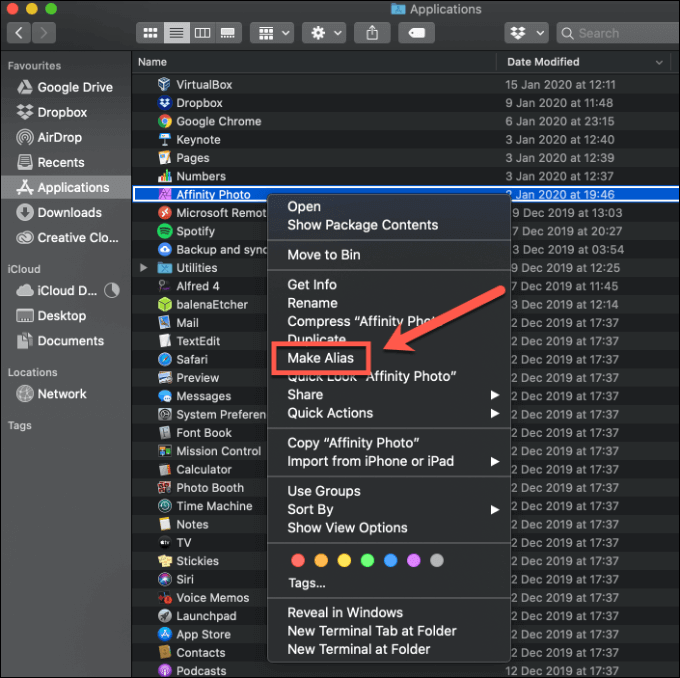
- #HOW TO PUT HARD DRIVE SHORTCUT ON MAC DESKTOP HOW TO#
- #HOW TO PUT HARD DRIVE SHORTCUT ON MAC DESKTOP FREE#
- #HOW TO PUT HARD DRIVE SHORTCUT ON MAC DESKTOP MAC#
#HOW TO PUT HARD DRIVE SHORTCUT ON MAC DESKTOP MAC#
Have you ever been stopped from deleting an app or files because your Mac says it’s open? This is a common issue, but it’s not the only reason you might be unable to delete files on your Mac.
#HOW TO PUT HARD DRIVE SHORTCUT ON MAC DESKTOP HOW TO#
How to delete files that are in use or stuck Once you’ve found hidden files, you can delete them as you would any other files on your Mac.īesides, check out our guide on locating and dealing with hidden files on your Mac to learn more ways to find them. Do this in Applications, Documents, and Desktop folders as well.

When dragging a locked file to the Trash you’ll need to confirm this action by clicking Continue in an additional popup window.Īlternatively, if you’re logged in as a Mac administrator, you can unlock the file before deleting it:
#HOW TO PUT HARD DRIVE SHORTCUT ON MAC DESKTOP FREE#
The easiest way to create more free storage on your Mac is to find and delete the biggest unnecessary files. How to find and delete the biggest files on a Mac Whichever method you use, your Mac will ask to confirm that you want to permanently delete your selected file in a popup window. Hold the Option key and go to File > Delete Immediately from the menu bar.

Of course, you should only do this if you're certain you want to delete a file, because you can't get it back from the Trash after.Īfter selecting it in Finder, use either of these methods to permanently delete a file on a Mac without sending it to the Trash first: If you want to save a bit of time, you can instantly and permanently delete a Mac file without sending it to the Trash first. How to delete Mac files without sending them to the Trash To clear other storage like this, you’ll need to find these folders, which can be made a lot easier with a junk cleaner for Mac. Note, however, that many junk and miscellaneous files are hidden away in system folders. To completely delete a file, empty the Trash on your Mac. That means it will still occupy storage on your Mac. Using any of these three methods send your deleted file or folder to the Trash on your Mac.

There’s limited storage space on your Mac, so it’s a good idea to delete files and folders you no longer need to keep making space for new ones.


 0 kommentar(er)
0 kommentar(er)
